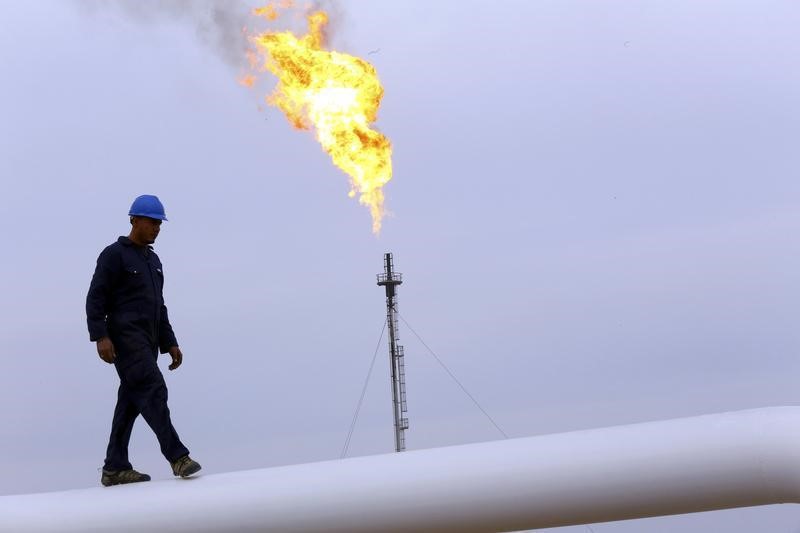By Barani Krishnan
Investing.com - One week, it was bust, and the next, it’s boom. Crude prices finished the penultimate week of August with double-digit gains that overwrote the crash from a week ago, helped by a hurricane watch and Fed Chairman Jerome Powell’s latest comments over when to end the central bank’s stimulus spending.
New York-traded West Texas Intermediate, the benchmark for U.S. oil, settled at $68.74 per barrel, up $1.32, or 2%, on the day. For the week, WTI rose 10.3%, eclipsing last week’s 8.9% drop forced by concerns over a Covid resurgence from the Delta variant.
Brent, the global benchmark for oil, settled at $72.70, up $1.63, or 2.3%. For the week, Brent gained 11.5%, after last week’s 7.7% drop.
For WTI, it was the sharpest weekly gain since September 2020, while for Brent, it was the largest since May 2020.
Oil rallied as Tropical Storm Ida reached the Gulf on Friday before making landfall as a category three hurricane.
“The risk of the intensity increasing ahead of making landfall may be supporting prices into the end of the week,” said Craig Erlam, analyst for New York’s OANDA. “Various companies have been removing workers from offshore facilities in anticipation of the storm.”
Oil also rallied as Fed chair Powell said the U.S. economy was on good footing but still vulnerable from risks posed by the coronavirus pandemic.
The Fed chair used his opening speech at the Jackson Hole Symposium to say that although he was recently of the view that the tapering could begin by the end of the year, a further spread of the pandemic from the Delta variant had tempered that stance.
"My view is that the ‘substantial further progress’ test has been met for inflation. There has also been clear progress toward maximum employment," he said, referring to the Fed’s twin mandates.
But Powell also hedged the central bank’s position on the taper by saying it will be "carefully assessing incoming data and the evolving risks."
"Even after our asset purchases end, our elevated holdings of longer-term securities will continue to support accommodative financial conditions," he added.
The Fed has been buying at least $80 billion in Treasury securities and $40 billion in agency mortgage‑backed securities each month since March 2020 to insulate the U.S. economy from the effects of the coronavirus pandemic measures. It has also kept US interest rates at a record low of between zero and 0.25%.
The central bank’s actions are being blamed for aggravating price pressures in the United States, where economic growth for the second quarter of 2021 was estimated at 6.6% on Thursday - above the 3.5% decline noted for all of 2020. The central bank itself has projected economic growth at 6.5% for all of 2021.
The Fed’s preferred gauge for inflation — the core Personal Consumption Expenditures Index, which excludes volatile food and energy prices — rose 3.6% in the year through July, its most since 1991. The PCE Index including energy and food rose 4.2% year-on-year.
The Fed’s own target for inflation is just 2% per annum.
The question of when the Fed ought to taper its stimulus and raise interest rates has been hotly debated in recent months as economic recovery conflicted with a resurgence of the coronavirus Delta variant.
Aside from the Fed’s asset purchases, the Biden administration has passed $1.2 trillion in Covid-19-related spending since the president took office in January. Democrat lawmakers aligned to Biden this week advanced a further spending plan for $3.5 trillion to advance his economic agenda.
Risk assets from stocks to commodities, including oil, have rallied sharply this year, responding to the higher inflationary pressure.
